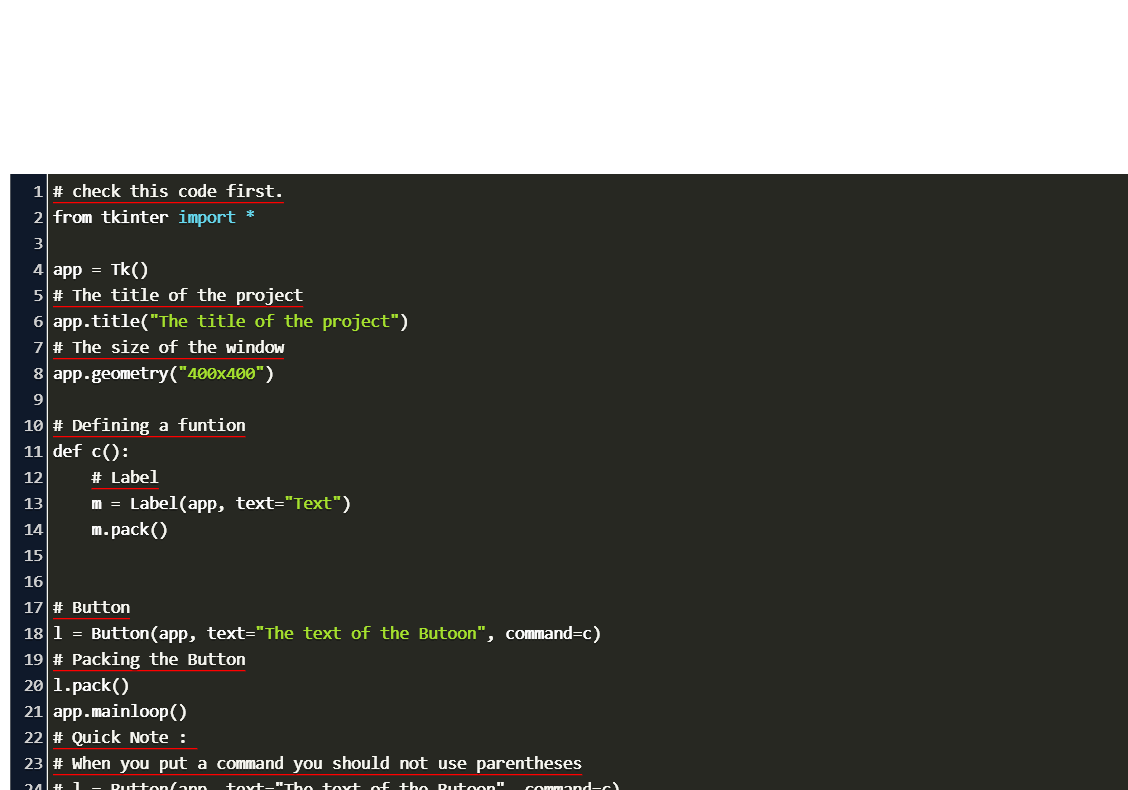- Area Of Parallelogram Program Download Free Apps Download
- Area Of Parallelogram Worksheet Pdf
- Area Of Parallelograms Calculator
A parallelogram is a quadrilateral in which both pairs of opposite sides are parallel .
It can be shown that opposite sides of parallelogram must be congruent , that opposite angles are also congruent , and that consecutive angles are supplementary .
Exercise 9.2 Areas of Parallelograms and Triangles Chapter 9 NCERT solution. Class 8 NCERT text and video solutions that you will not find anywhere else! Best solutions with step-by-step explanations and reasoning tips. The points are A (3,1), B (0,-2), C(1,1) and D (4,4) Join AC and BD, intersecting at O. We know that the diagonals of a parallelogram bisect each other `'.Midpoint of AC' = ((3+1)/2, (1+1)/2) = (4/2,2/2) = (2,1) `. This two-sided assessment (that can also be used for extra practice) includes 19 problems involving area of parallelograms, triangles and trapezoids. Questions 1 - 12: Students find the area of a parallelograms, triangles, trapezoids. The problem are written in a variety of ways, with or without p.
The area of a parallelogram is given by the formula
,
where is the length of one base and is the height. (The figure below shows how to find the height of a parallelogram.)
The perimeter of a parallelogram is the sum of the lengths of its four sides.
For example, in the figure below, if is a parallelogram, then we know opposite sides are congruent, so and .
Therefore, the perimeter is or cm.
Math
Parallelogram
Properties of a Parallelogram
Area of a Parallelogram
How to Find the Area of a Parallelogram?
Derivation of the Formula
Let us understand more with an example:
The area of a Parallelogram is equal to twice the Area of a Triangle.
Worked-out examples on Area of Parallelogram:
Question 1:
Area Of Parallelogram Program Download Free Apps Download
Question 2:
Question 3:

Question 4:
Area Of Parallelogram Worksheet Pdf
Question 5:

Question 6:
To Summarise
Area Of Parallelograms Calculator
